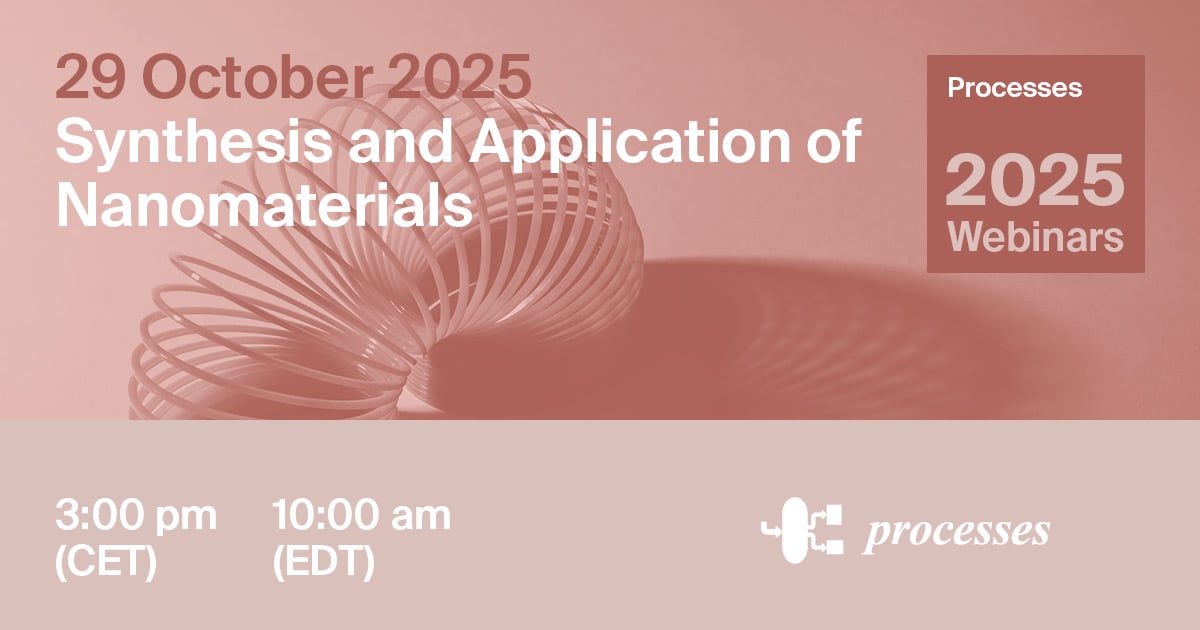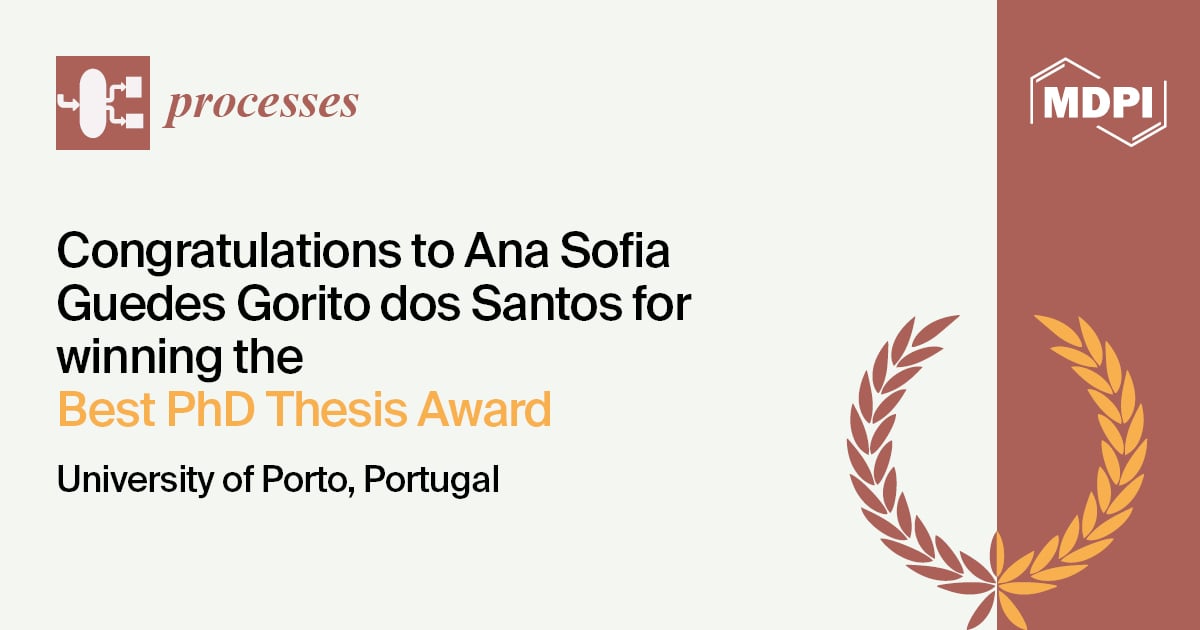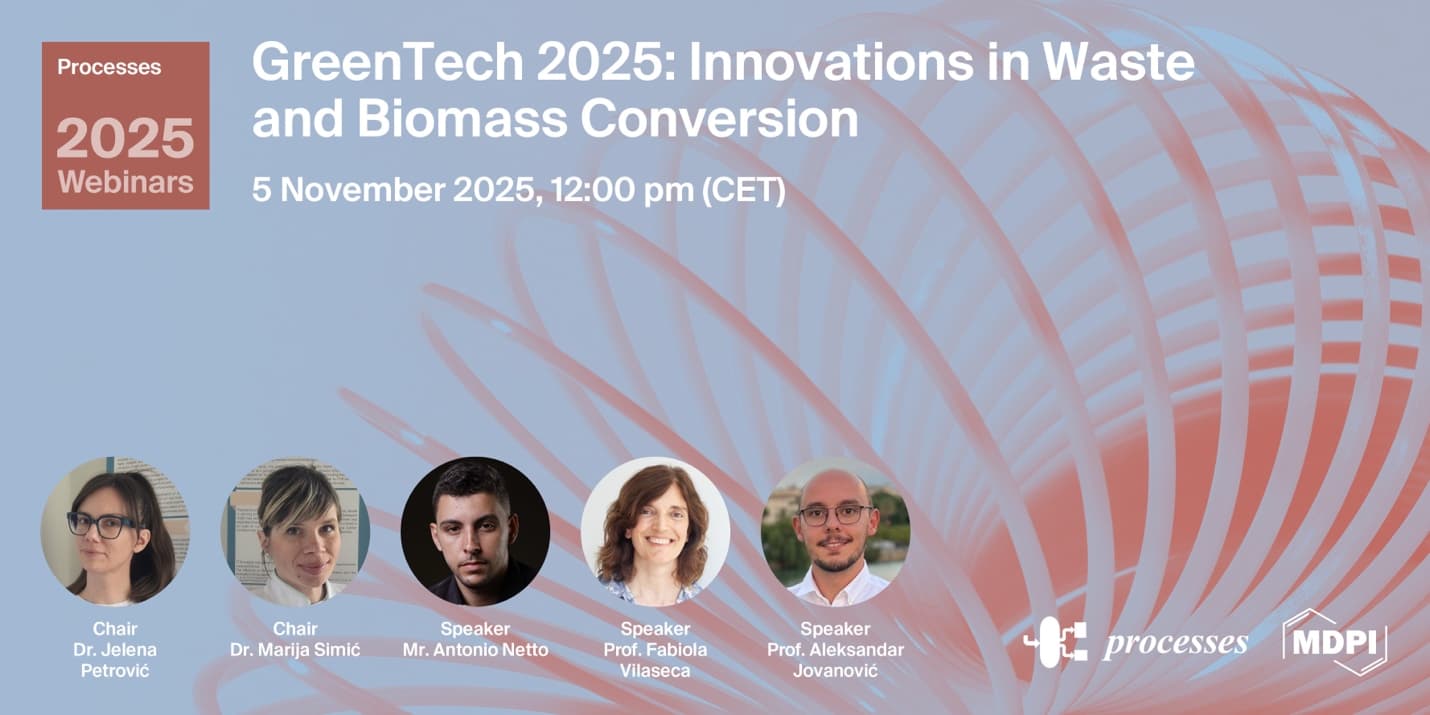An ambit of enhancing heat transfer throughout thermal convection in a cavity is explored numerically in this study, contemplating the heat dispersal from a segmental heat source circumscribed in a square-vented porous cavity with a moving lid. The cavity can be used as a heat sink for electronic cooling, material processing, and convective drying. Aluminum
PPI metal foam saturated by aluminum oxide–water nanofluid is occupied in this lid-driven vented cavity system. The bottom cavity wall is fully and partially heated by a heat source of specific length
, and the left wall and inlet fluid are kept at the same cold temperature, while the right wall and top-driven wall are thermally insulated. Thermal dispersion and local thermal non-equilibrium effects are included in an energy equation, and continuity and Darcy–Brinkmann–Forchheimer momentum equations are implemented and resolved by utilizing the finite volume method with the aid of a vorticity–stream function approach operation. The inspirations behind pertinent parameters, including the Reynolds number (
), Grashof number (
), inlet and outlet ports’ aspect ratio (
), outlet port location ratio (
), and discrete partial heating ratio (
) are scrutinized. The baseline circumstance corresponds to full-length heating
and the outlet port location ratio
. The results reveal that the fluid and heat flow domains are addressed mostly via these specification alterations. For
, increasing
from
to
does not alter streamlines or the isotherm field, but when
it is detected that streamlines increase monotonically. Streamlines are not altered when
and
are amplified but strengthened more when the opening vent aspect ratio is increased. A greater temperature difference occurs as
is raised from
and isotherms are intensified, and the thermal boundary layer becomes more distinct when
is augmented. The average Nusselt number rises as
,
,
, and
are increased by about
,
,
, and
, respectively, and it decreases with
amplifying is increased by around
.
Full article



























